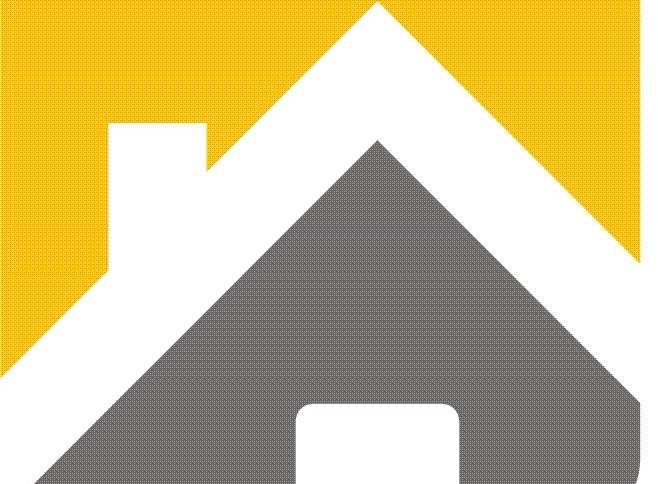Z-WAVE VS ZIGBEE VS WIFI | WHICH SET-UP IS BEST FOR YOUR HOME?
Z-Wave vs Zigbee vs WiFi, which Technology Is Best?
Z-Wave, Zigbee and WiFi are the leading wireless smart home technologies but they are not compatible with each other. While it’s possible to build a smart home system based entirely on just one of these, a better and more flexible approach is to pick the products that best suit your needs and then link them together with a multi-tech hub like a HomeTroller or Samsung SmartThings. Let’s take a look at the similarities and differences of each technology so you can make the most informed choices.
Z-Wave
This technology was developed in the early 2000s by the Danish company Zensys. It’s a low power mesh network technology that operates on the 800-900 MHz band. Line of sight range is often specified in excess of 100′ but walls, floors, ceilings, appliances and furniture will tend to reduce that significantly. Even so, line powered Z-Wave smart products function as repeaters and that generally overcomes any individual device range issues.
Products
Z-Wave is used in a wide range of smart home devices. It’s low power consumption allows it to be used in a variety of battery-powered devices too. Here are some of the more popular product categories:
Light Switches
Bulbs
Plug-in Switches
Thermostats
Sensors
Remote Controls
Door Locks
Garage Door Controllers
Water Valves
Interoperability
Since the inception of Z-Wave, all products have undergone an interoperability certification procedure. The goal of this process has been to ensure product compatibility throughout the entire Z-Wave ecosystem and it’s been largely very successful. Widespread interoperability played a very significant role in helping Z-Wave achieve the highest rate of industry adoption. At this writing, there are more than 3,000 Z-Wave certified products worldwide.
That said, it’s worth noting that in the early years, the certification process wasn’t perfect and it wasn’t enforced consistently from product to product. While those problems have largely been ironed out, the biggest challenge going forward lies with the hub makers. As the technology itself continues to evolve, it’s essential for hub makers to keep pace by adding the latest features.
Availability
Z-Wave products communicate over region-specific frequencies that are regulated by governments. In the US, products use 908 MHz. In Europe, it’s 868 MHz. There are around a dozen different frequencies used throughout the world. There are some companies that manufacture Z-Wave products for all or most of these regions. However, many manufacturers limit their inventories to the US and/or Europe.
Zigbee
This technology was developed and standardized by the Zigbee Alliance in 2003. Like Z-Wave, it is also a low power ‘mesh network’ technology. However, most devices operate on the much higher 2.4 GHz band. As with Z-Wave, line of sight range is often specified in excess of 100′ but walls, floors, ceilings, appliances and furniture will tend to reduce that significantly. Even so, line powered Zigbee smart products function as repeaters and that generally overcomes any hub to product range issues.
Products
Zigbee has flourished in the commercial automation space but has been slower to ramp in the consumer smart home market. As with Z-Wave, its low power consumption allows it to be used in a variety of battery-powered devices too. Here are some of the more popular applications:
Bulbs (Lots of them!)
Sensors
Plug-in Switches
Remote Controls
Door Locks
Availability
Since Zigbee operates on the universally-accepted 2.4 GHz band, the same chip may be used in products distributed around the world. This greatly reduces the manufacturing logistics required to create Zigbee products for the world market. For the most part, Zigbee devices have come from Europe & Asia. US manufacturers have been slow to add Zigbee products to their smart home catalogs.
Recommended For…
Zigbee devices tend to be less expensive than their Z-Wave counterparts and that alone has made them a popular choice. A number of hub makers have also released their own brand of Zigbee powered sensors including SmartThings, Wink, IRIS and IKEA.
You will need a Zigbee compatible hub or software program to monitor and control these devices but there are plenty of options available. Amazon’s Echo Plus is the only smart speaker with a built-in Zigbee radio.
WiFi
WiFi is a 2.4 GHz network communication standard that’s been adapted to work with smart home devices. Unlike Z-Wave and Zigbee, it is not a mesh network technology so smart devices don’t repeat signals and each device must be within direct range of the router to work. It makes sense to invest in a high quality router or router mesh system for the best performance.
Note that WiFi is also a power hungry technology. Battery operated devices, particularly small ones, have a much lower battery life than comparable Z-Wave or Zigbee devices.
Products
WiFi works with a wide range of smart home devices. Popular products include…
Light Switches
Bulbs
Thermostats
Plug-in Switches
AV Controllers
Irrigation Controllers
Sensors
Door Locks
Garage Door Controllers
Availability
WiFi operates on the universally-accepted 2.4 GHz band and works through your home’s router. Products are widely available.
Recommended For…
If you’re looking to tip-toe into the smart home world, WiFi is the simplest and least expensive way to do it. It’s the only technology that does not require a hub. Just install the device, download the app and off you go! Bear in mind that automation will be limited to simple scheduled on/off operations. Voice control can be added easily with the addition of a smart speaker and more advanced automation can be accomplished with the addition of a multi-tech hub or software program.
Smart home automation can be confusing with so many disparate technology standards, speak with the experts for help in navigating this landscape.

